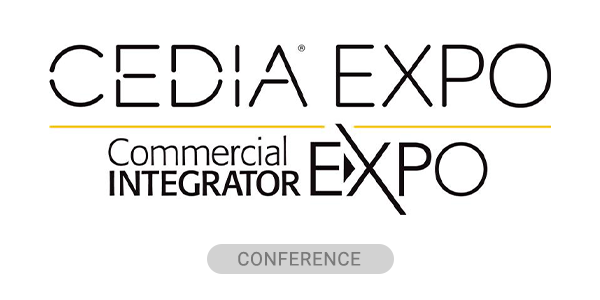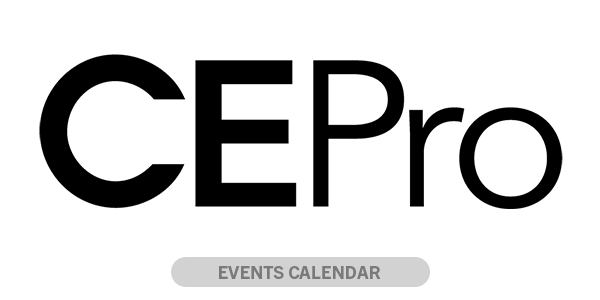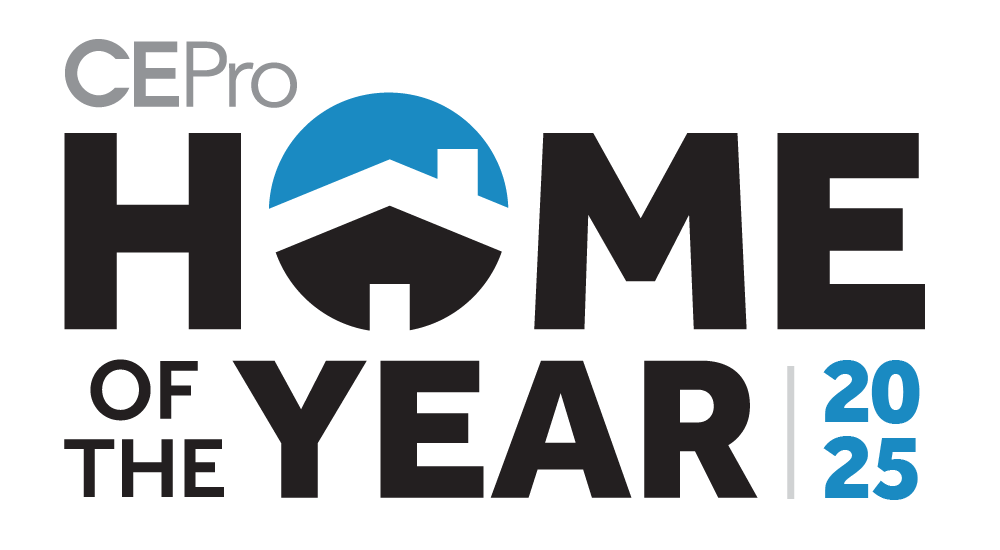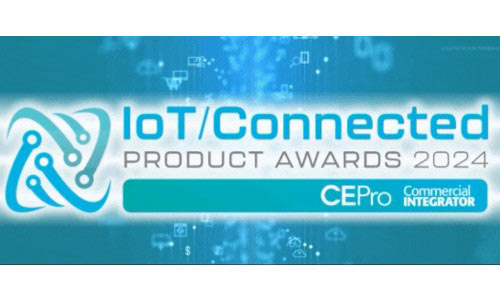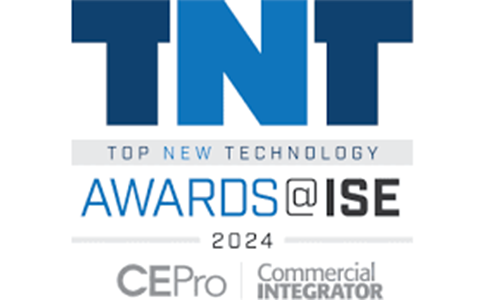When HDMI 2.1b was released, one of its least publicized yet potentially transformative features was the introduction of HDMI Cable Power, a mechanism that allowed source devices to deliver up to 300mA at 5V directly through the HDMI connector. Yet years after its inclusion, Cable Power has seen virtually no adoption. Despite its promise, it remains a dormant specification, quietly overshadowed by the headline features of HDMI 2.1 such as 8K and 10K resolutions.
The intent was to provide a reliable and standardized way to power active HDMI cables, particularly those using equalization or optical engines, without the need for an external power supply or USB tap. It was a practical concept that promised to simplify installations and improve reliability for long-run HDMI applications. Yet years after its inclusion, Cable Power has seen virtually no adoption. Despite its promise, it remains a dormant specification, quietly overshadowed by the headline features of HDMI 2.1 such as 8K and 10K resolutions.
Why HDMI Cable Power Faltered
Timing
One of the main reasons for its lack of utilization is timing. By the time HDMI Cable Power was introduced, the HDMI 2.1 ecosystem was already well underway. Manufacturers had spent years designing and validating products based on the earlier 2.1 framework, and the industry had already established its own methods for powering active cables. Many brands were using USB-powered connectors or self-powered equalization designs that required no changes to existing hardware. Incorporating Cable Power would have meant redesigning boards, modifying certification processes, and retooling production lines, all for a feature that was neither required nor proven to have widespread support.
Lack of Pressure for Adoption
Another critical issue was that Cable Power was defined as optional. This single decision created a ripple effect that stalled adoption across the board. Because it was not mandatory, most source device manufacturers chose not to include it. Cable manufacturers, in turn, saw no reason to design products for a feature that few sources would support. The result was a classic case of “chicken and egg”, no powered sources meant no powered cables, and no powered cables meant no incentive for powered sources. Without a coordinated effort to standardize and enforce implementation, the ecosystem never took shape.
Existence of Alternatives
Compounding the problem was the fact that the industry already had workable solutions. Active cable manufacturers had long since developed a variety of self-contained and externally powered options. Many had optimized their circuits to draw minimal current from the existing 5V line or had added auxiliary USB power connections that were simple and effective. These solutions were tested, reliable, and already in production. From a manufacturer’s standpoint, HDMI Cable Power offered little real advantage over what was already available.
Minimal Support in Ecosystem
Another factor contributing to its obscurity was the lack of any meaningful promotion or ecosystem support. Unlike high-profile HDMI 2.1 features such as 8K video, eARC, or Dynamic HDR, Cable Power received virtually no marketing attention from HDMI Licensing Administrator or adopter companies. There was no dedicated logo, no certification label, and no effort to educate manufacturers or consumers about its benefits. Without visibility or demand, it quietly faded into the background.
Lagging Certification
Finally, testing and certification delays played a role. Although the feature was documented in the HDMI 2.1b specification, the corresponding Compliance Test Specification (CTS) for Cable Power took time to fully materialize. Without an approved test process, manufacturers faced uncertainty about how to properly validate and certify their products. In an environment as tightly regulated as HDMI, that uncertainty was enough to discourage early implementation.
HDMI Cable Power: A Good Idea with Poor Execution
In the end, HDMI Cable Power was a well-intentioned innovation that arrived too late, lacked mandatory enforcement, and failed to gain traction in an ecosystem already filled with practical alternatives. While technically sound, it suffered from timing, optional status, and the absence of any marketing or certification momentum. Today, most active HDMI cable systems continue to rely on their own power delivery methods, maintaining the very conditions Cable Power was designed to eliminate. Plus, for those who are not even aware this serious issue exists, active HDMI cable products will continue to be produced with high current demands, high risk of interoperability issues, and/or intermittent functionality.
HDMI Cable Power stands as an example of how even a technically solid feature can fail if it does not arrive at the right moment or with the right level of industry alignment. Unless HDMI Licensing revisits the concept with mandatory implementation, clearer identification, and coordinated ecosystem support, in our opinion it will likely remain one of the more interesting but forgotten elements of the HDMI 2.1 specification. What a shame.
Jeffrey Boccaccio, president of DPL Labs, can be reached at [email protected], or visit dpllabs.com.

